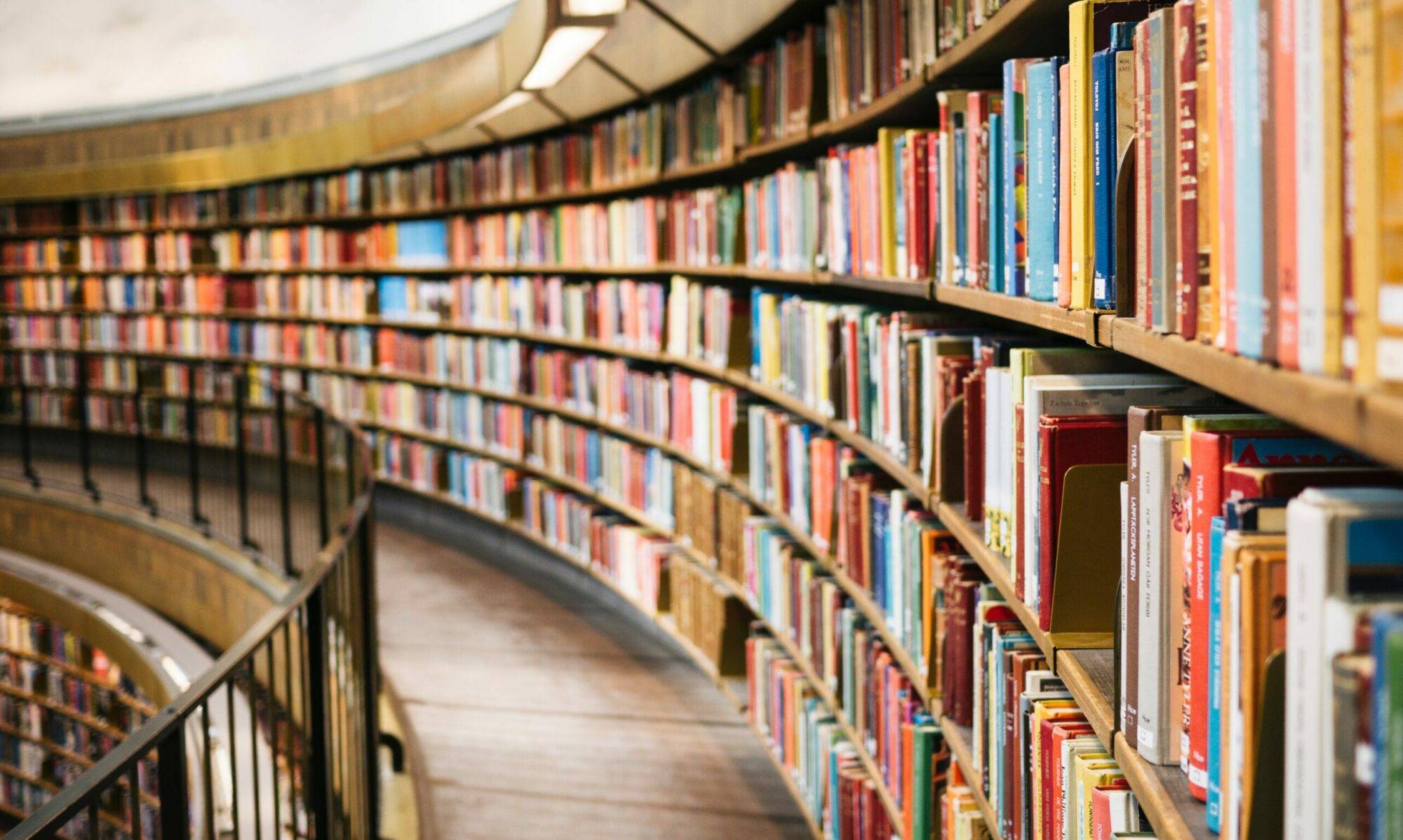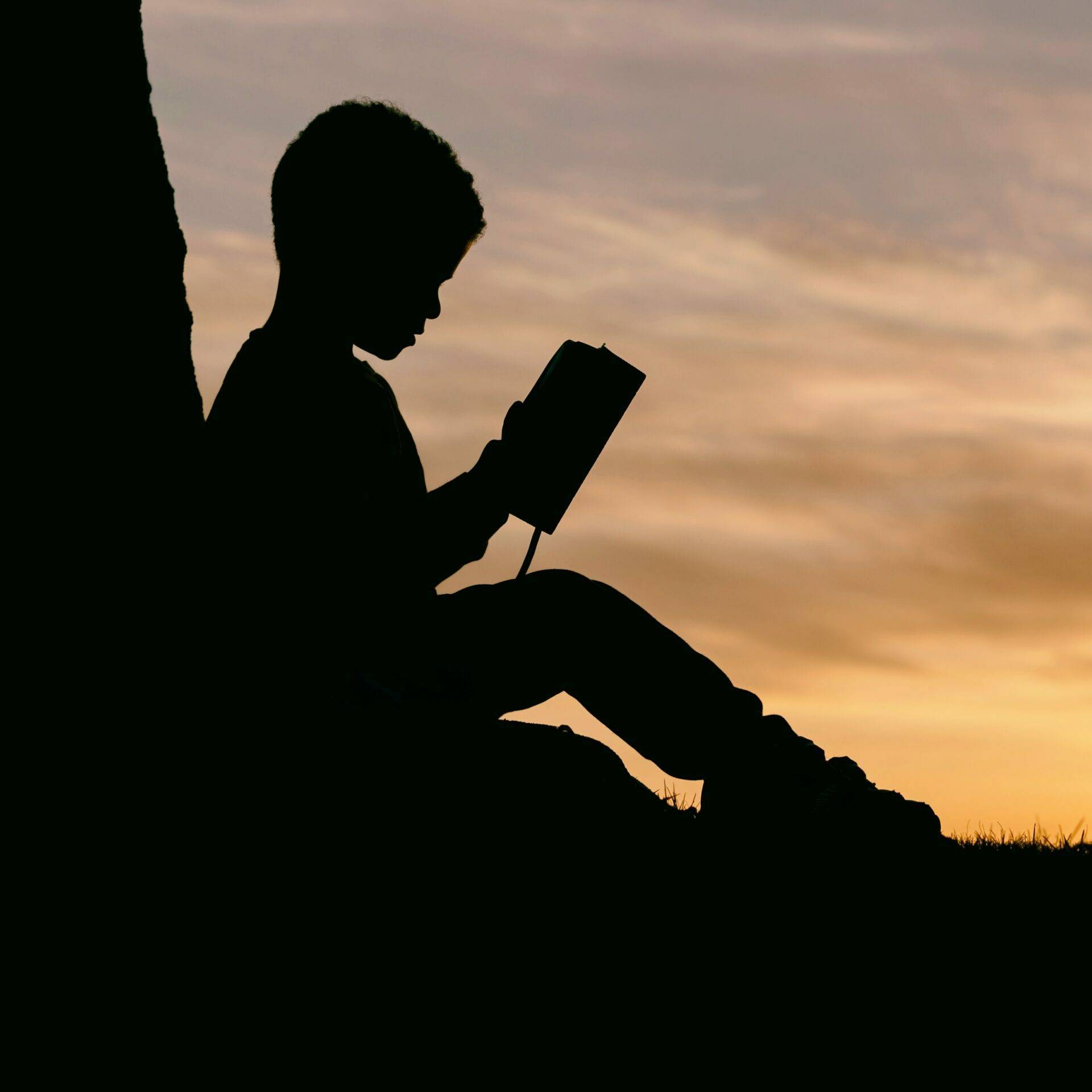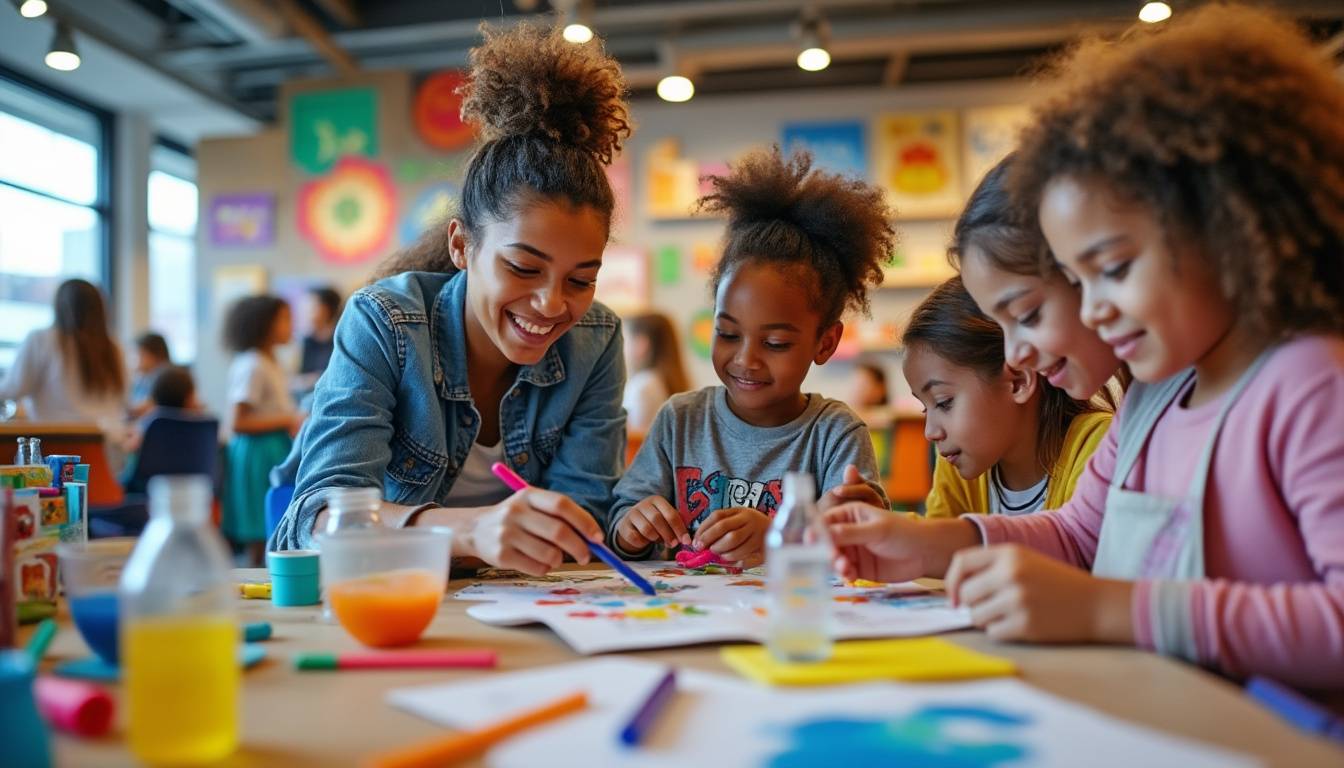The Brooklyn Children’s Museum, renowned as the world’s first children’s museum and a leading cultural institution in New York City, has announced Kaylynn Mayo as its new Director of Education. With over a decade of experience in arts education and community-centric learning programs, Mayo is uniquely positioned to advance the museum’s legacy of fostering curiosity, identity appreciation, and joyful learning. Her leadership is expected to enhance educational programs and youth engagement across the museum’s various initiatives, bridging STEAM for kids with community learning in a vibrant urban context.
Kaylynn Mayo’s Vision and Expertise in Museum Education Leadership
Kaylynn Mayo’s appointment as Director of Education at Brooklyn Children’s Museum reflects a strategic emphasis on innovative and inclusive educational programming. Mayo brings:
- Over ten years of experience leading informal and community-focused learning initiatives that engage children of diverse ages and backgrounds.
- A strong foundation in arts education, having contributed to the Children’s Museum of Manhattan and played an instrumental role in BCM’s ColorLab programs, including its pioneering summer camps.
- Academic credentials combining international perspectives from her B.A. in International Studies with advanced understanding of human development and education from Harvard Graduate School of Education.
Her approach integrates hands-on exploration with cultural and scientific collections, fostering a learning environment where children develop critical thinking alongside creativity. This balance in educational philosophy underscores essential themes in museum education today, especially in NYC museums striving to make learning accessible and engaging.
Advancing Educational Programs through Community Learning and Youth Engagement
Under Mayo’s direction, Brooklyn Children’s Museum’s educational portfolio will expand and diversify to meet contemporary learning needs:
- Development of inclusive school and camp programs that encourage participation from NYC’s multifaceted communities.
- Design of outreach initiatives that connect the museum’s resources—such as its living animal collection and extensive cultural objects—with families and educators beyond the institution walls.
- Implementation of STEAM-focused learning experiences that integrate science, technology, engineering, arts, and math to spark innovative thinking from early childhood onward.
Such programming resonates strongly with the museum’s mission to nurture curiosity while honoring identity and culture, a practice essential in effective education leadership today.
Impact of Leadership on Museum Education and Community Learning in Brooklyn
The return of Kaylynn Mayo to Brooklyn Children’s Museum shines a light on the power of experienced educational leadership to drive meaningful youth engagement and community learning:
- Strengthening connections between educational content and community realities, ensuring programming responds to the learners’ cultural and social contexts.
- Inspiring collaborative learning environments that facilitate peer interaction, critical thinking, and creativity through dynamic museum exhibits and programs.
- Supporting broader educational efforts in areas such as childhood health and inclusive practices, aligning with initiatives addressed by educational resources like the Michigan Childhood Health Education project and EHC plans for special needs children.
In a city where educational equity remains a pressing challenge, leadership roles such as Mayo’s become critical to evolve children’s museums into hubs of lifelong learning and community empowerment.
Future Trends in Children’s Museums Education and Kaylynn Mayo’s Role
Children’s museums like Brooklyn Children’s Museum are at the forefront of educational innovation, incorporating trends such as:
- Interdisciplinary STEM/STEAM pedagogies that promote creativity alongside technical skills.
- Digital and interactive learning tools that extend museum experiences beyond physical visits, integrating virtual resources for wider accessibility.
- Community partnerships and cultural programming addressing local histories and diversity, which reinforce social and emotional learning.
Kaylynn Mayo’s experience and vision align perfectly with these trends, positioning her to enhance the museum’s offerings and extend its impact in 2025 and beyond. Her commitment mirrors global efforts to safeguard education during crises and support marginalized children, topics explored in related educational discussions such as Safeguard Education Crisis and Supporting Syrian Children.


